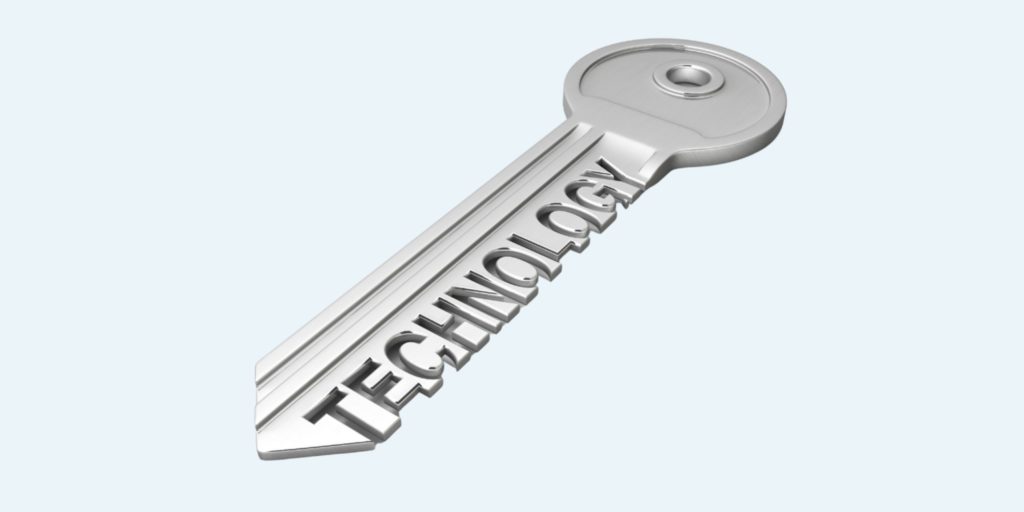Although the trend of ‘nomadic work’ had been slowly rising over the years, the pandemic has accelerated this to a point where hybrid and remote working is now considered the norm. Through both necessity and survival, organisations have adapted their work practices to achieve optimal productivity. Now, with restrictions lifted, rather than returning to their old ways of working, most are planning a hybrid model that empowers employees to find the balance that works for them.
There’s no doubt that this will vary between companies. Some will use the office much more, some less. Some may have fixed office and remote days, while for others it’ll be more flexible. Whatever shape is taken, leaders must now consider how to execute a hybrid model effectively in order to drive talent retention. How? The key will be providing the right technology to help people be successful wherever they choose to be.
The current situation
Before we delve into how technology will drive this change, let’s first assess what hybrid working means from a talent perspective. First of all, hybrid working opens up so many new doors. No longer are organisations restricted to a talent pool in one geographical location but the job market is now much more buoyant with increased talent availability.
But what this means is that employees now have choice. So, if a company isn’t offering the right systems or culture that’s desired, then you may struggle to keep an employee engaged. Or worse, you may fail to retain them at all if another company has a more appealing offer – and this is already coming into fruition. Our research revealed that 42% of HR leaders believe employee churn has increased since the ease of restrictions, and 30% of employees are more likely to leave jobs post-pandemic. So while a buoyant market brings new possibilities, it also means talent retention must now be at the top of HR leaders’ agendas.
On top of that, remote/hybrid working can often lead to less visibility and this is having a damaging effect on culture and comms. In fact, we discovered that 42% of employees think the culture of their organisation has deteriorated since the pandemic. With fewer employees in the office, this can create an out of sight out of mind mentality, fueling a lack of employee morale and motivation. Creating a company culture that can bring teams together, regardless of location, is therefore crucial for talent retention and business success.
The changing employee experience
Hybrid working is bringing changing employee expectations that require companies and HR professionals to adjust their focus too. With churn now a growing problem, we are heading towards a talent war. The best weapon for winning this talent war is creating an irresistible employer brand. For this to materialise, we need to look at what matters the most to our employees. Practices that were developed in response to the pandemic that centred around employee engagement are simply no longer enough to retain the ‘A’ players. Companies now need to go far beyond that by creating nothing short of exceptional employee experiences – experiences that focus on culture, community and build a sense of belonging. This type of experience can be driven by technology.

Why technology is key to talent retention
There’s no denying the important role of technology within a hybrid workforce – the pandemic is testament to that. If a company has a poor digital strategy, this can quickly lead to an inadequate employee experience. According to Adobe Workfront’s State of Work, a shocking percentage of the UK workforce – almost half – would go as far as leaving their job due to frustrations with technology.
As such, the ability to attract and retain top talent also rests on the quality of technology in an organisation. Businesses need to create collaborative, digital work experiences that both connect distributed teams and empower them to succeed. Here are three key examples showing how:

1. Build culture through comms
According to a McKinsey study, when people feel included in detailed communications around remote work, they are almost five times more likely to be productive. Therefore, to build a successful culture, HR leaders need to find ways to communicate with all of their employees and give them a voice.
HR software such as StaffCircle can offer a wide range of communication channels including SMS, email, push notifications and Microsoft Teams. There is an excellent opportunity here to play to the strengths of each channel and create a more supportive environment where employees trust leaders and communication is open and transparent. You can create, schedule, send, and measure a range of communication including social messages, blogs, worksheets, crisis comms and reviews, all with digital sign off. This works towards building a community, rather than simply a workforce.

2. Gain insights into employee behaviour and what matters to them
Without the right tools, companies can’t learn the level of insight necessary to accelerate employee engagement, communication or learning opportunities. Being a software company, technology is close to our hearts, but the real reason is that technology underpins and drives all other initiatives. It provides insights into who your employees are, how they work and what they need to succeed. Often, the amount of data available can be overwhelming, so this needs to be accompanied by analytics and reporting processes to make the data meaningful.
Integrating data streams leverages it in a way that maximises worker productivity. This allows managers and leaders to produce reports in real-time, helping them better understand the dynamics that matter most. Then, they can then use this data to build models which will boost necessary behaviour for optimal outcomes. Ultimately, HR capabilities (experience, skills and understanding) have the biggest influence on employee experiences.
3. Listen to your employees
Today, many people feel disconnected and crave a sense of belonging and community. What’s needed is to create a communication channel that generates a sense of psychological safety. For example, newsfeeds and intranets can keep everyone up to speed about what’s happening across the organisation, including individually tailored feeds for a more personable approach. Employees can like, comment, feedback and interact with each other, giving everyone a voice.
Additionally, the foundation of culture is to listen and feedback. By utilising communication tools and pulse surveys, companies can listen to the workforce and act on the input to address barriers. By regularly checking in with your team, you can have a positive impact on engagement and allow your leadership team to take an empathetic approach to managing your workforce.
The bottom line
In the hybrid model, businesses need to reject silos and commit to integrated technologies that connect people, processes and data. This is the key to talent retention.






